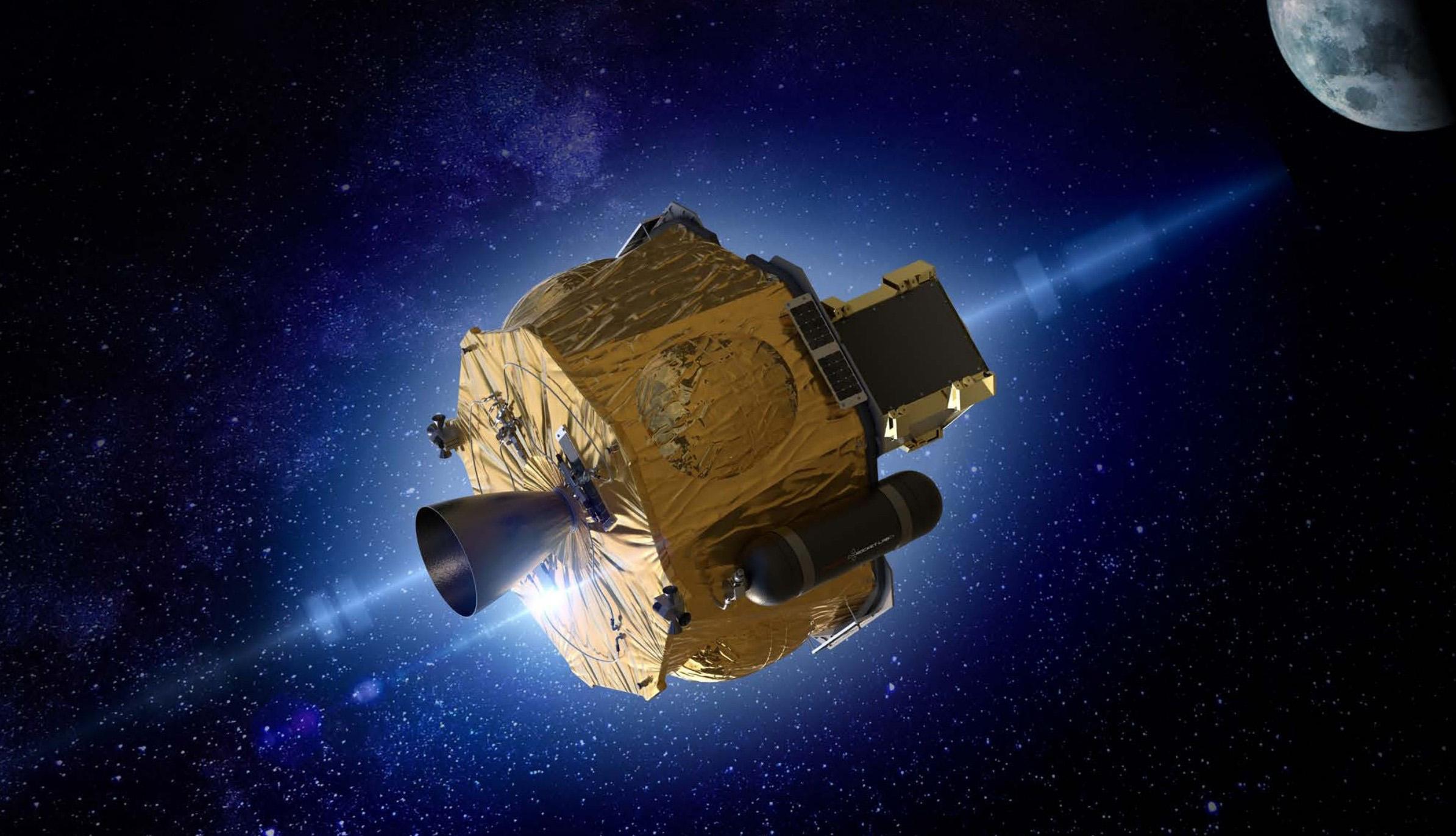
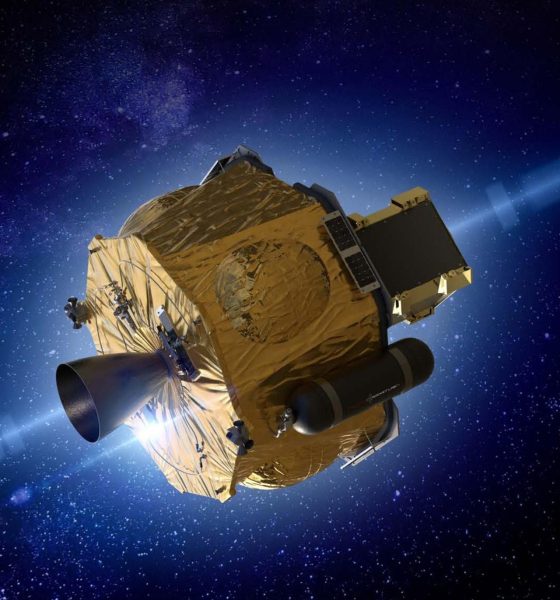
News
Rocket Lab spacecraft sends NASA’s CAPSTONE mission to the Moon
Rocket Lab has successfully sent a small NASA spacecraft on its way to the Moon, acing the complex interplanetary launch on its first try.
The public aerospace company’s (mostly) standard two-stage Electron rocket lifted from its New Zealand-based LC-1 pad on June 28th and inserted NASA’s tiny 25-kilogram (~55 lb) “Cislunar Autonomous Positioning System Technology Operations and Navigation Experiment” (CAPSTONE) spacecraft into a low Earth parking orbit without issue. As is fairly typical for most modern Electron launches, a small ‘kick stage’ was included for orbital operations and payload deployment, but CAPSTONE’s kick stage and destination were anything but typical.
Instead of slightly and briefly tweaking a run-of-the-mill low Earth orbit, CAPSTONE’s kick stage was tasked with sending the spacecraft (and itself) all the way from LEO (~300 kilometers) to a lunar transfer orbit with an apoapsis 1.2 million kilometers (~750,000 mi) from Earth.
To accomplish that feat, Electron’s extensively upgraded Lunar Photon kick stage would need to perform more than half a dozen major burns spread out over almost a week, and survive hostile conditions while maintaining total control throughout. Generally speaking, Rocket Lab offers three kick stage variants: a standard low-thrust, low-longevity stage for small orbital adjustments shortly after launch; an upgraded Photon that can either serve as a long-lived satellite or kick stage; and an even more upgraded Photon with large propellant tanks and a more powerful ‘HyperCurie’ engine. With an impressive 3200+ meters per second of delta V, the latter variant could boost significant payloads into higher Earth orbits but is primarily designed for deep space missions – sending payloads beyond Earth orbit.
Rocket Lab wants to launch its own self-funded mission(s) to Venus, delivering one or several small atmospheric probes to help peel back the curtain on the chronically under-explored planet. It also won a 2021 contract to supply a pair of Mars-bound Photon spacecraft buses for NASA’s Escape and Plasma Acceleration and Dynamics Explorers (ESCAPADE) in 2024, and has multiple orders for simpler Photons that will support slightly more ordinary missions back in Earth orbit.
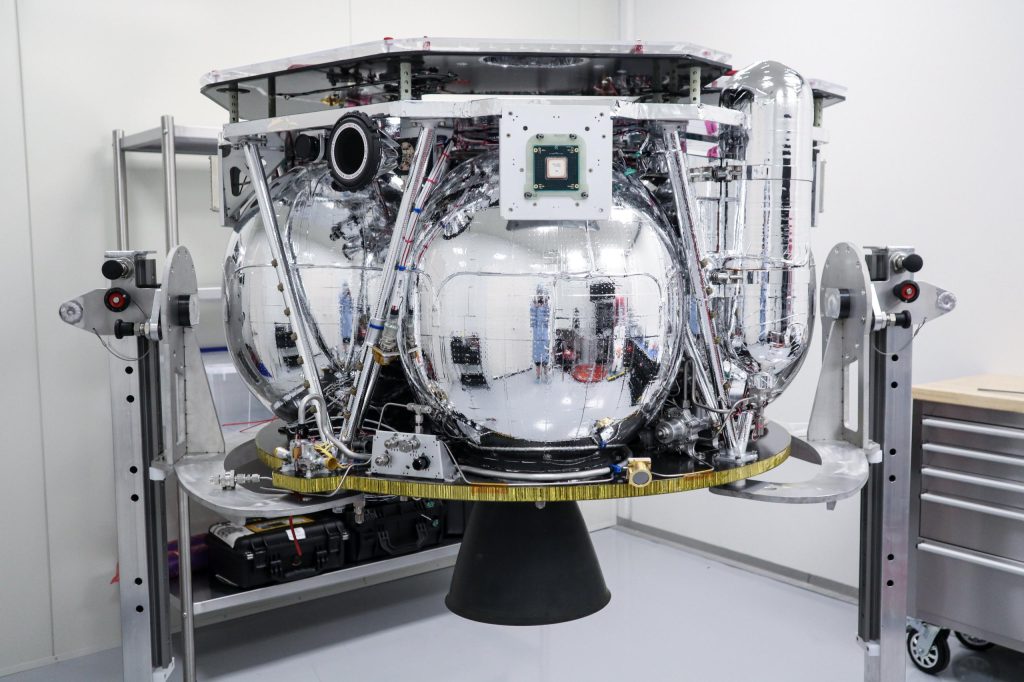
Lunar Photon’s performance on CAPSTONE bodes extremely well for those ambitious future plans. Within hours of reaching orbit, Photon had begun the orbit-raising process. Over the course of five days, Photon performed six major burns, effectively taking larger and larger ‘steps’ towards the Moon. The spacecraft’s seventh and final burn boosted its apoapsis almost tenfold from ~70,000 to 1.2 million kilometers from Earth, officially placing CAPSTONE on a ballistic lunar trajectory (BLT). While highly efficient, CAPSTONE’s trajectory means it will have to wait until November 2022 to truly enter orbit around the Moon using its own small thrusters.
Once there, “CAPSTONE will help reduce risk for future spacecraft by validating innovative navigation technologies and verifying the dynamics of” lunar near-rectilinear halo orbits (NRHO). The story behind that strange lunar orbit – which will make exploring the Moon’s surface significantly less convenient – is far less glamorous, however. CAPSTONE is essentially a tiny precursor to NASA’s Artemis Program, which the agency claims will help “establish the first long-term presence on the Moon.”
In reality, NASA’s concrete plans currently include a series of short and temporary human landings in the 2020s. While the agency has contracted with SpaceX to develop a potentially revolutionary Starship Moon lander for a single uncrewed and crewed demonstration mission, NASA’s current plan involves using its own Space Launch System (SLS) rocket and Orion spacecraft as a sort of $4 billion lunar taxi to carry astronauts from Earth’s surface to a Starship lander waiting in lunar orbit. Starship will then carry those astronauts to the surface, spend about a week on the ground, launch them back into lunar orbit, and rendezvous with Orion, which will finally return them to Earth.
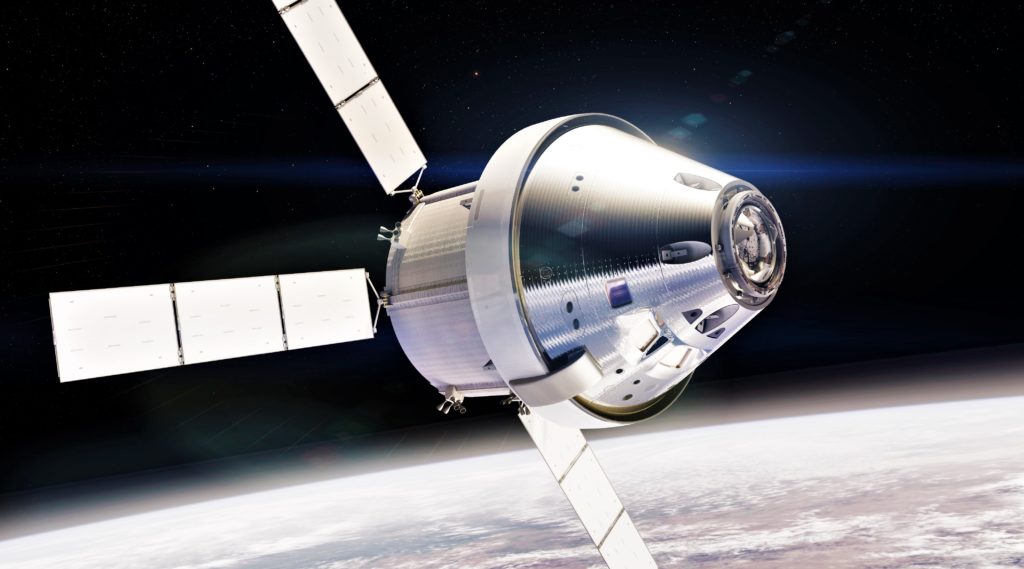
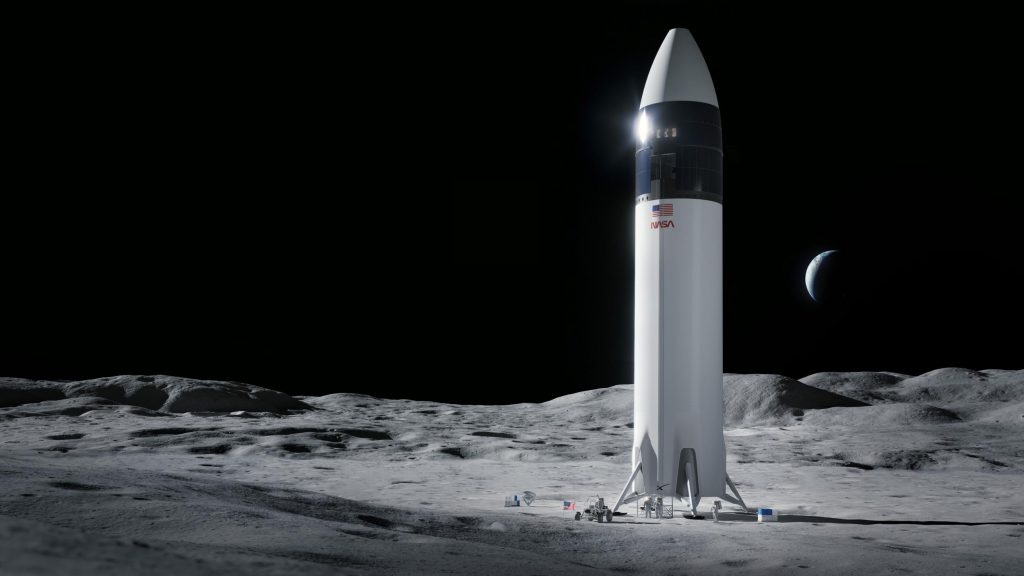
Orion’s service module delivers about half as much delta V as NASA’s 50-year-old Apollo Service Module, severely limiting its deep space utility and making safe crewed trips to and from low lunar orbits virtually impossible on its own. Instead of improving the spacecraft’s performance and flexibility by upgrading or replacing the European-built service module (ESM) over the last decade, NASA accepted that Orion would only ever be able to send astronauts to lunar orbits that would always be inconvenient for surface operations.
CAPSTONE’s ultimate purpose, then, is to make sure that spacecraft operate as expected in that compromise orbit – only necessary because Orion can’t reach the lower lunar orbits that are already thoroughly understood.

News
Elon Musk’s Grokipedia surges to 5.6M articles, almost 79% of English Wikipedia
The explosive growth marks a major milestone for the AI-powered online encyclopedia, which was launched by Elon Musk’s xAI just months ago.

Elon Musk’s Grokipedia has grown to an impressive 5,615,201 articles as of today, closing in on 79% of the English Wikipedia’s current total of 7,119,376 articles.
The explosive growth marks a major milestone for the AI-powered online encyclopedia, which was launched by Elon Musk’s xAI just months ago. Needless to say, it would only be a matter of time before Grokipedia exceeds English Wikipedia in sheer volume.
Grokipedia’s rapid growth
xAI’s vision for Grokipedia emphasizes neutrality, while Grok’s reasoning capabilities allow for fast drafting and fact-checking. When Elon Musk announced the initiative in late September 2025, he noted that Grokipedia would be an improvement to Wikipedia because it would be designed to avoid bias.
At the time, Musk noted that Grokipedia “is a necessary step towards the xAI goal of understanding the Universe.”
Grokipedia was launched in late October, and while xAI was careful to list it only as Version 0.1 at the time, the online encyclopedia immediately earned praise. Wikipedia co-founder Larry Sanger highlighted the project’s innovative approach, noting how it leverages AI to fill knowledge gaps and enable rapid updates. Netizens also observed how Grokipedia tends to present articles in a more objective manner compared to Wikipedia, which is edited by humans.
Elon Musk’s ambitious plans
With 5,615,201 total articles, Grokipedia has now grown to almost 79% of English Wikipedia’s article base. This is incredibly quick, though Grokipedia remains text-only for now. xAI, for its part, has now updated the online encyclopedia’s iteration to v0.2.
Elon Musk has shared bold ideas for Grokipedia, including sending a record of the entire knowledge base to space as part of xAI’s mission to preserve and expand human understanding. At some point, Musk stated that Grokipedia will be renamed to Encyclopedia Galactica, and it will be sent to the cosmos.
“When Grokipedia is good enough (long way to go), we will change the name to Encyclopedia Galactica. It will be an open source distillation of all knowledge, including audio, images and video. Join xAI to help build the sci-fi version of the Library of Alexandria!” Musk wrote, adding in a later post that “Copies will be etched in stone and sent to the Moon, Mars and beyond. This time, it will not be lost.”
News
Tesla Model 3 becomes Netherlands’ best-selling used EV in 2025
More than one in ten second-hand electric cars sold in the country last year was a Tesla Model 3.

The Tesla Model 3 became the most popular used electric car in the Netherlands in 2025, cementing its dominance well beyond the country’s new-car market.
After years at the top of Dutch EV sales charts, the Model 3 now leads the country’s second-hand EV market by a wide margin, as record used-car purchases pushed electric vehicles further into the mainstream.
Model 3 takes a commanding lead
The Netherlands recorded more than 2.1 million used car sales last year, the highest level on record. Of those, roughly 4.8%, or about 102,000 vehicles, were electric. Within that growing segment, the Tesla Model 3 stood far ahead of its competitors.
In 2025 alone, 11,338 used Model 3s changed hands, giving the car an 11.1% share of the country’s entire used EV market. That means more than one in ten second-hand electric cars sold in the country last year was a Tesla Model 3, Auto Week Netherlands reported. The scale of its lead is striking: the gap between the Model 3 and the second-place finisher, the Volkswagen ID3, is more than 6,700 vehicles.
Rivals trail as residual values shape rankings
The Volkswagen ID.3 ranked a distant second, with 4,595 used units sold and a 4.5% market share. Close behind was the Audi e-tron, which placed third with 4,236 registrations. As noted by Auto Week Netherlands, relatively low residual values likely boosted the e-tron’s appeal in the used market, despite its higher original price.
Other strong performers included the Kia Niro, the Tesla Model Y, and the Hyundai Kona, highlighting continued demand for compact and midsize electric vehicles with proven range and reliability. No other model, however, came close to matching the Model 3’s scale or market presence.
News
Tesla Model Y Standard Long Range RWD launches in Europe
The update was announced by Tesla Europe & Middle East in a post on its official social media account on X.

Tesla has expanded the Model Y lineup in Europe with the introduction of the Standard Long Range RWD variant, which offers an impressive 657 km of WLTP range.
The update was announced by Tesla Europe & Middle East in a post on its official social media account on X.
Model Y Standard Long Range RWD Details
Tesla Europe & Middle East highlighted some of the Model Y Standard Long Range RWD’s most notable specs, from its 657 km of WLTP range to its 2,118 liters of cargo volume. More importantly, Tesla also noted that the newly released variant only consumes 12.7 kWh per 100 km, making it the most efficient Model Y to date.
The Model Y Standard provides a lower entry point for consumers who wish to enter the Tesla ecosystem at the lowest possible price. While the Model 3 Standard is still more affordable, some consumers might prefer the Model Y Standard due to its larger size and crossover form factor. The fact that the Model Y Standard is equipped with Tesla’s AI4 computer also makes it ready for FSD’s eventual rollout to the region.
Top Gear’s Model Y Standard review
Top Gear‘s recent review of the Tesla Model Y Standard highlighted some of the vehicle’s most notable features, such as its impressive real-world range, stellar infotainment system, and spacious interior. As per the publication, the Model Y Standard still retains a lot of what makes Tesla’s vehicles well-rounded, even if it’s been equipped with a simplified interior.
Top Gear compared the Model Y Standard to its rivals in the same segment. “The introduction of the Standard trim brings the Model Y in line with the entry price of most of its closest competition. In fact, it’s actually cheaper than a Peugeot e-3008 and costs £5k less than an entry-level Audi Q4 e-tron. It also makes the Ford Mustang Mach-E look a little short with its higher entry price and worse range,” the publication wrote.








